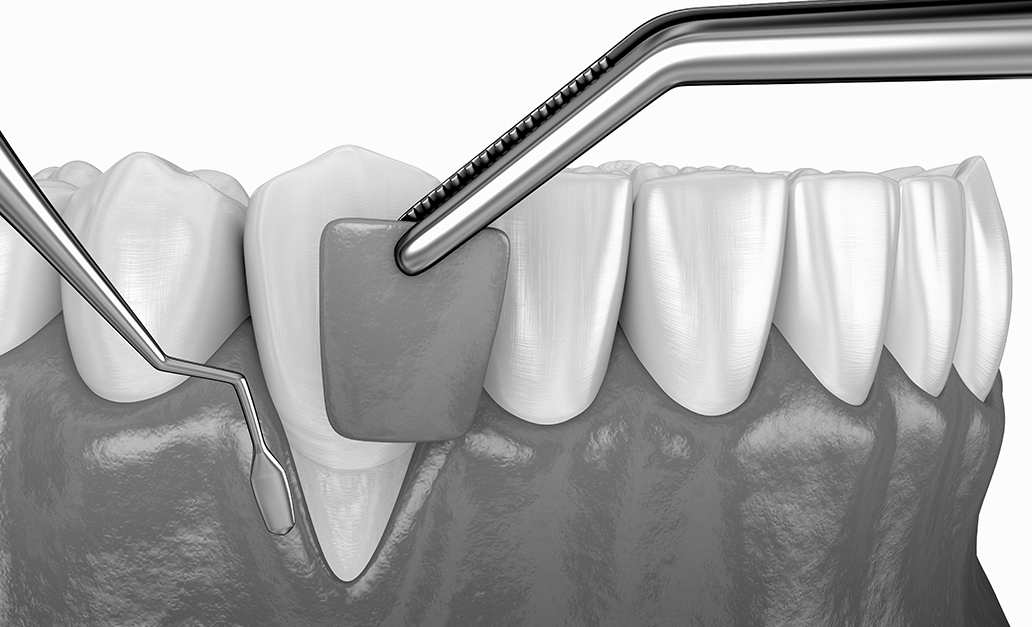Gum recession happens when the gum tissue around the teeth pulls back, exposing part of the root. This condition is quite common and may affect one or several teeth. It should not be ignored, as it can lead to tooth sensitivity, a higher risk of root cavities, and an aesthetic impact on your smile.
Several factors can cause gum recession:
- Aggressive tooth brushing: using a hard-bristled toothbrush or applying too much pressure or with a wrong movement can gradually damage both gums and enamel.
- Periodontal disease: gum inflammation and infection weaken the supporting tissues of the teeth, causing them to recede.
- Tooth misalignment: crowded or poorly aligned teeth may place abnormal pressure on the gum tissue.
- Bruxism (teeth grinding): this habit can worsen gum recession through excessive mechanical stress.
- Anatomical or genetic factors: some people naturally have thinner or more fragile gums.
Prevention includes maintaining good oral hygiene, using a soft-bristled toothbrush, adopting proper brushing techniques, and scheduling regular dental check-ups. If gum recession has already developed, your dentist may recommend different treatments, from monitoring the condition to corrective gum surgery, depending on its severity.

